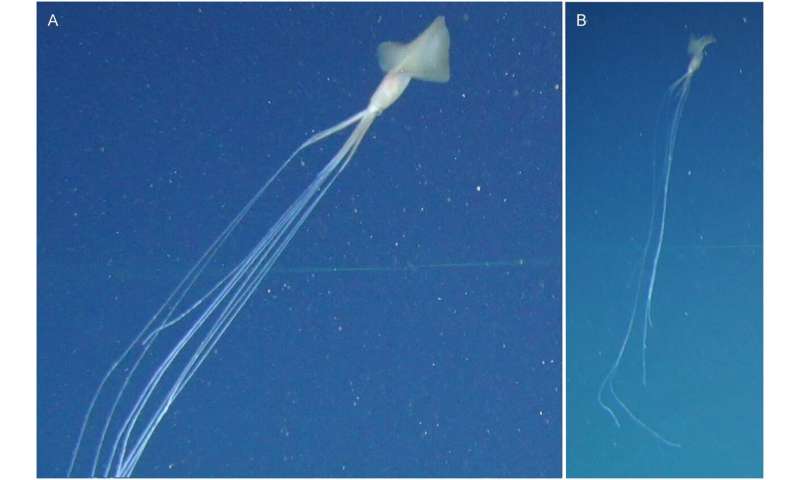
THE DISCOVERY OF THE NEW PARANTHROPUS ROBUSTUS FOSSIL SUGGESTS RAPID EVOLUTION DURING A TURBULENT PERIOD OF LOCAL CLIMATE CHANGE, RESULTING IN ANATOMICAL CHANGES THAT PREVIOUSLY WERE ATTRIBUTED TO SEX. LA TROBE UNIVERSITY
By Tom Hale10 NOV 2020
The 2-million-year-old skull of an extinct human species has been unearthed in the depths of a cave system in South Africa. The near-complete male skull belongs to an ancient human relative known as Paranthropus robustus that lived around the southern tip of Africa from approximately 2 million years ago.
It was first unearthed in 2018 by researchers from La Trobe University’s Archaeology Department in Australia during an excavation at the Drimolen Main Quarry north of Johannesburg, South Africa. Since it was discovered on South African Father’s Day, June 20, the researchers have nicknamed the species “the Father’s Day fossil.”
As reported in the journal Nature Ecology & Evolution, the researchers who found the specimen say it’s the earliest known and best-preserved fossil of the species ever found. This could lead to some exciting insights into this mysterious ancient species and add some pages to the story of human ancestors.

The excavation in progress with Angeline Leece (left) and Stephanie Baker (right). La Trobe University
Interestingly, this newly discovered fossil suggests Paranthropus robustus emerged at roughly the same time as our direct ancestor Homo erectus, indicating the species both shared the same landscape at the same time some 2 million years ago.
"These two vastly different species, H. erectus with their relatively large brains and small teeth, and P. robustus with their relatively large teeth and small brains, represent divergent evolutionary experiments," Angeline Leece, first author from La Trobe University, said in a statement. "While we were the lineage that won out in the end, the fossil record suggests that P. robustus was much more common than H. erectus on the landscape two million years ago."
Previously, it was believed that the females of the species were notably smaller than the males. However, the new male skull is smaller than expected, much more akin to the female skulls of the same species found in the area.
The researchers say this observation could have some big implications. Instead of the different skull sizes showing differences in sex, the team argues they might represent anatomical changes between different groups, brought on by a sudden shakeup of the local climate change in the south of Africa at this time. As the area became increasingly dry, food became increasingly scarce, forcing the species to survive on tougher vegetation. So their theory goes, this may have driven a rare example of microevolution within a human lineage, causing Paranthropus robustus to evolve chewing adaptations in the skull in response to environmental change.
"P. robustus is remarkable in that it possesses a number of features in its cranium, jaws and teeth indicating that it was adapted to eat a diet consisting of either very hard or very tough foods," explained David Strait, a professor of biological anthropology in Arts & Sciences at Washington University. "We think that these adaptations allowed it to survive on foods that were mechanically difficult to eat as the environment changed to be cooler and drier, leading to changes in local vegetation."
Interestingly, this newly discovered fossil suggests Paranthropus robustus emerged at roughly the same time as our direct ancestor Homo erectus, indicating the species both shared the same landscape at the same time some 2 million years ago.
"These two vastly different species, H. erectus with their relatively large brains and small teeth, and P. robustus with their relatively large teeth and small brains, represent divergent evolutionary experiments," Angeline Leece, first author from La Trobe University, said in a statement. "While we were the lineage that won out in the end, the fossil record suggests that P. robustus was much more common than H. erectus on the landscape two million years ago."
Previously, it was believed that the females of the species were notably smaller than the males. However, the new male skull is smaller than expected, much more akin to the female skulls of the same species found in the area.
The researchers say this observation could have some big implications. Instead of the different skull sizes showing differences in sex, the team argues they might represent anatomical changes between different groups, brought on by a sudden shakeup of the local climate change in the south of Africa at this time. As the area became increasingly dry, food became increasingly scarce, forcing the species to survive on tougher vegetation. So their theory goes, this may have driven a rare example of microevolution within a human lineage, causing Paranthropus robustus to evolve chewing adaptations in the skull in response to environmental change.
"P. robustus is remarkable in that it possesses a number of features in its cranium, jaws and teeth indicating that it was adapted to eat a diet consisting of either very hard or very tough foods," explained David Strait, a professor of biological anthropology in Arts & Sciences at Washington University. "We think that these adaptations allowed it to survive on foods that were mechanically difficult to eat as the environment changed to be cooler and drier, leading to changes in local vegetation."
















